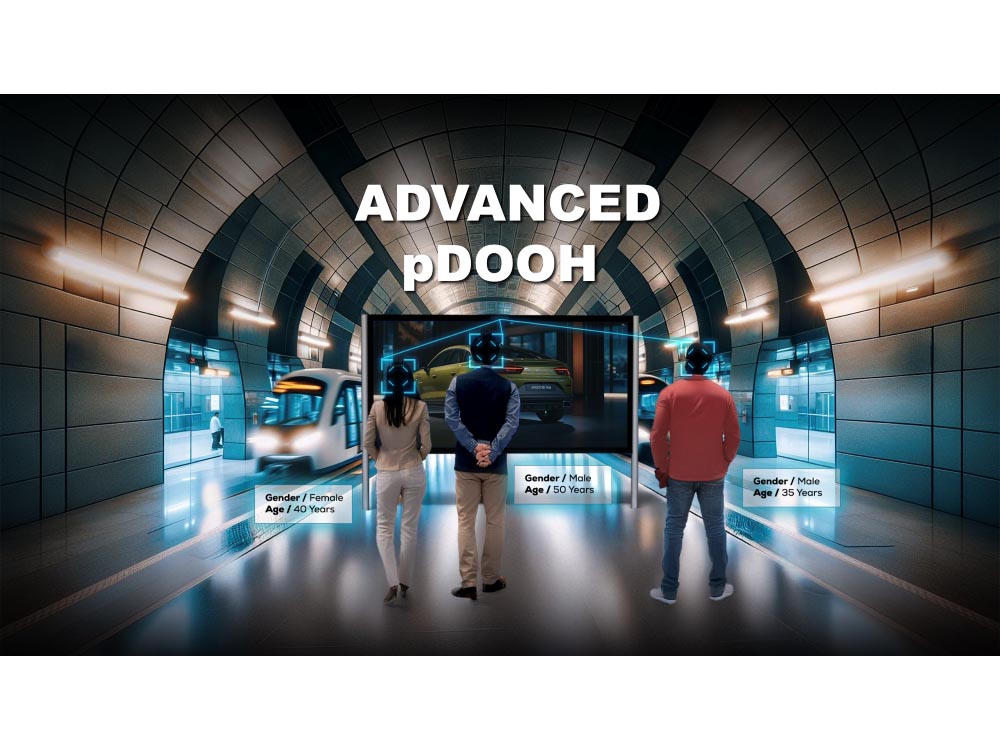News - Digital/Tech
Transforming retail: The power of AR in shaping personalised experiences
by Gaynelle Brautigam, Tactical
February 14, 2024
.jpg) Advertisement
AdvertisementBrands including Bvlgari, Estēe Lauder and Valentino are jumping on this tech to engage and hook consumers in fresh and exciting ways. Snap’s pioneering AR Ramadan Mall welcomed more than 12 million shoppers this year, revealing the appetite for immersive retail experiences across the region. What’s more, the platform succeeded in deepening the connection between brands and consumers, which resulted in 2.1X the average Return on Ad Spend (ROAS).
Needless to say, AR is no longer just a nice to have.
Personalistion at its best
For most brands, making noise and being on the cutting edge of new technologies is imperative. This is especially key in the Middle East, where there’s a big appetite for everything new and exciting. As AR is increasingly adopted by retailers, marketers are recognising the brilliant advantages it can offer their brand and customers, from vastly improved shopping experiences that combine convenience with inspiration to boosting sales and customer loyalty.
Perhaps AR’s most obvious use case in retail is in fashion and beauty. For instance, the use of AR smart mirrors in-store provides a seamless way for shoppers to try on any number of items, without the trouble of asking for a size or if an item is in stock, propelling try-before-you-buy to a new dimension. Particularly for non-refundable products such as makeup, virtual try-on technology gives consumers the confidence to know the product is right for them. Additionally, AR lenses can create shoppable experiences across social media, allowing users to engage in social activity with their friends by asking for their feedback from the comfort of their homes.
Machine learning (ML) technology can be used to analyse an individual’s physical features and showcase how they might appear in different outfits, providing the ability to give personalised recommendations at scale. A simple scan of a person's face or body can come up with various suggestions, such as fit, colour and size, in an instant. As such, AR is improving brand’s abilities to upsell and cross-sell, and driving greater satisfaction among consumers, as well as boosting repeat business. What’s more, AR has the potential to tackle the pressing issue of returns, with research finding that 66% of shoppers who use AR are less likely to return their purchases.
The future is now
Major brands are already on board with AR smart mirrors. L’Oreal has implemented the tool across its website, while Adidas launched them in its Dubai stores back in 2021.
However, AR isn’t only about personal appearance. It can also be used to help consumers navigate shopping when product details are important. In a supermarket, for example, it could help shoppers with a specific diet or allergy quickly find products suitable for them by visually highlighting spots on the shelves through an AR lens. Furthermore, these lenses can go deeper and offer new food combinations or recipe suggestions from a list of ingredients.
And we’re seeing customised lenses engaging consumers in other ways too. Tactical harnessed ML technology to create a lens that allows customers to scan, modify, try on and buy a pair of Nike Air Force 1s from anywhere in the world, in real-time. The lens innovatively brings the future of shopping to life by bridging the gap between retail and e-commerce experiences, allowing shoppers to visualise customised products in their own environment.
AR isn’t just a retail trend. This technology has transformed the way we shop and consumers now expect immersive, personalised and convenient shopping experiences both in-store and online. The door to the mall of the future is already open and to secure their spot, brands need to be riding the AR train.



.jpg)










